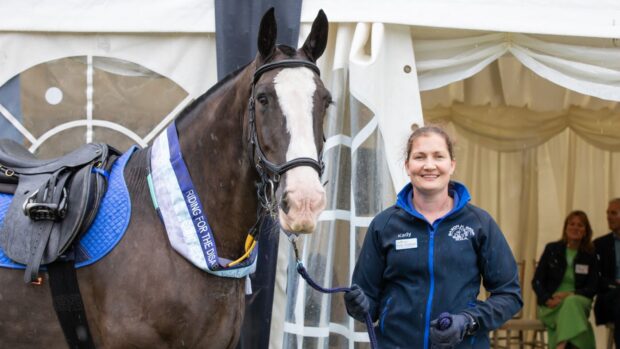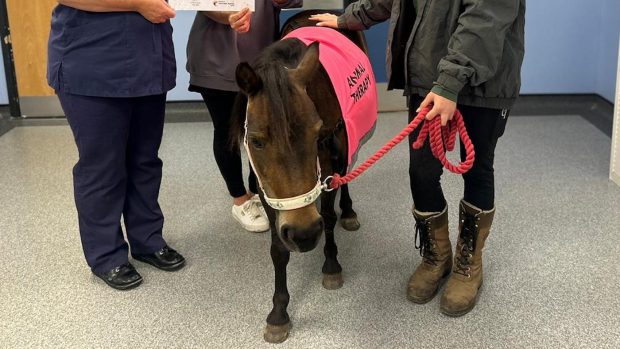Plans for an equine-therapy centre in Shropshire have been turned down after the council raised concerns over access, safety and flooding.
Jill Higginson hoped to build an equine-assisted learning centre on the premises where she kept her horses to help people with learning and mental health problems.
The plans included a proposal for a log cabin to be used as a classroom and the building of a shed for storing feed and bedding.
But Shropshire Council said the access to the site at Moss Lane in Dudleston was not safe. The local parish council also raised concerns over flooding, noise and road safety at the site.
“It is considered that the proposed development does not benefit from adequate arrangements to ensure that users can safely access the site,” said Shropshire Council case officer Mark Perry in his report.
“As such the proposal is not safe and accessible to all, and does not constitute sustainable development.”
Mr Perry did acknowledge in his report that the proposed use for the site “could fill a need for such a facility in the local area and would be compatible with the rural nature of the site”.
But he said the site “was compromised” by the narrow access lane and the restricted visability on the B5068.
Mrs Higginson had proposed the village hall be used as a drop off site for clients but Perry said this was “not realistic” as the Moss Lane was too rutted to be suitable for disabled people and wheelchair users.
Popular articles:
- Former Grand National runner to go eventing
- Plans for national rider road safety campaign gathers momentum
- Horses left terrified after firework shot into field
In her defence of the plans to Shropshire Council, Mrs Higginson said she had been running a trial using her ponies to give therapy to disabled children and adults and children lacking confidence for the last two years.
“All these people report an increase in well being,” she said. “I have also been taking the two small ponies out to a nursing home in Oswestry, and have received welcome reports of improved, settled, behaviour.”




